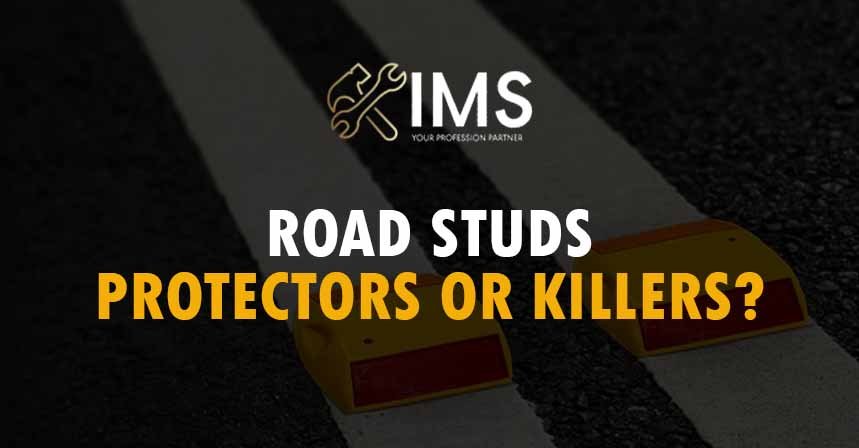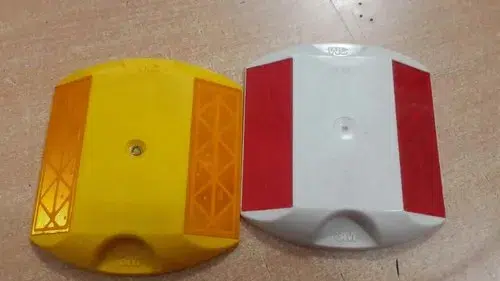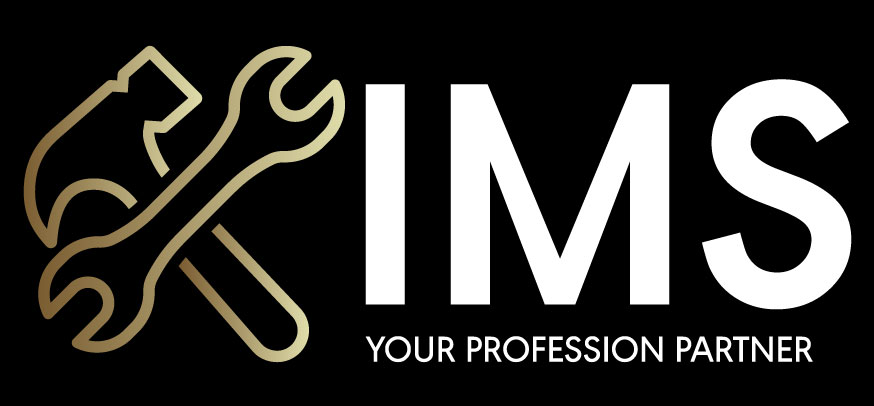
Road Studs – Protectors or Killers?
The Origin and Purpose of Road Studs
Cat’s eyes are the common phrase for road studs. Everywhere in Pakistan, these stud marks are very common; they are often used in places to regulate traffic flow by designating the lanes or as a slowing device if they are clumped together. They do look relatively innocuous to most and even protected as a necessity, which unfortunately is not the case at all because these devices expose individuals to severe risks to their life as well as property.

In 1935, Percy Shaw from England invented road studs, incorporating reflective polished steel strips to help mark lanes and guide traffic. These devices gained widespread recognition during the World War II blackouts and, by the war’s conclusion, had become commonly used. It is worth noting that road studs were never originally intended to be installed in arrays as a means of slowing down traffic.
However, after their widespread adoption, issues such as tire blowouts, bent or misaligned wheels, and damaged suspensions began to surface. In response, the United States initiated research into “Botts’ dots” in 1953, culminating in California mandating their use in 1966. The primary reason for this shift was to ensure compatibility with snow plows, which struggled to operate alongside traditional road studs, although concerns over vehicle damage also influenced the decision.
Over time, similar changes occurred in other parts of the world, and today, road studs are rarely used in developed nations.

The only developed regions where road studs remain commonly seen are the UK and Hong Kong. However, the versions used there are significantly smaller than the large, intrusive ones found in Pakistan. These modern iterations are gradually being replaced by Solar Road Studs, which are shown below. These advanced studs feature a maintenance-free plastic housing that contains a solar cell and bright flashing LEDs, effectively marking lane boundaries in the same way traditional road studs do.


